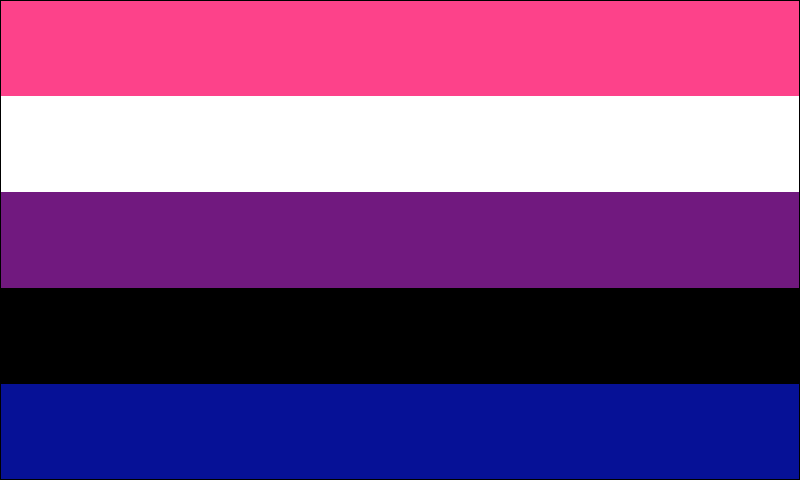
Gender terminology
Defining myself
Self-identifying terms are evolving. This is not meant to be an exhaustive list.
-

Gender Queer
Not female or male - may be both, somewhere in between, or neither.
-

Gender Fluid
gender that isn’t set in stone. Gender-fluid people have an identity that is flexible and changing. Appearance, expression, and sense of gender can change between two or more distinct genders over varying lengths of time, and can be experienced in many different ways.
-

Non-binary
An umbrella term for genders that are neither male nor female—identities that are outside the gender binary.
-

Trans-feminine
An identity that is feminine to some extent, in a person that was assumed to be male at birth.
-

Trans-masculine
An identity that is masculine to some extent, in a person that was assumed to be female at birth.
-

Gender Non-conforming
Not bending to gender roles. In practice, it can mean many things - appearance, pronouns, and other changes so that one no longer falls in line with the gender one was assumed to be at birth.
-

Agender
Not having a particular gender. Can be experienced or felt in many different ways.
-

Transwoman
A woman that was originally assumed to be male at birth.
-

Transman
A man that was originally assumed to be female at birth.
-

Demiboy
a non-binary gender where one is a man or boy somewhat, but not entirely. This may include also partially being another gender, or genderless.
-

Demigirl
a non-binary gender where one is somewhat a girl or woman. They may also be one or more other genders as a part of their full identity, or genderless.
-

Genderfae
A genderfluid identity that fluctuates between feminine, neutral, or lack of gender, but never includes a masculine gender.
-

Bigender
A person whose full identity includes two or more distinct genders.
-

Intersex
Someone who was assumed to not be male or female at birth. Intersex people often have ambiguous genitalia and other characteristics.
-

Transgender
A person who’s gender identity is different than their assumed/assigned gender at birth.
-

AMAB
Assigned/assumed male at birth. Someone that was assumed to be male when they were born, based on genital examination at birth.
-

AFAB
Assigned/assumed female at birth. Someone that was assumed to be female when they were born, based on genital examination at birth.
-
Assigned Gender
The gender one is assumed to be at birth, based on examination of the infant’s genitals.
-
Gender Identity
One’s true gender. In the case of transgender people, their gender identity will differ from their gender assumed at birth.
-
Pronouns
The terms someone is referred to with when not using their name. Examples include she/her, they/them, and he/him, among others.


